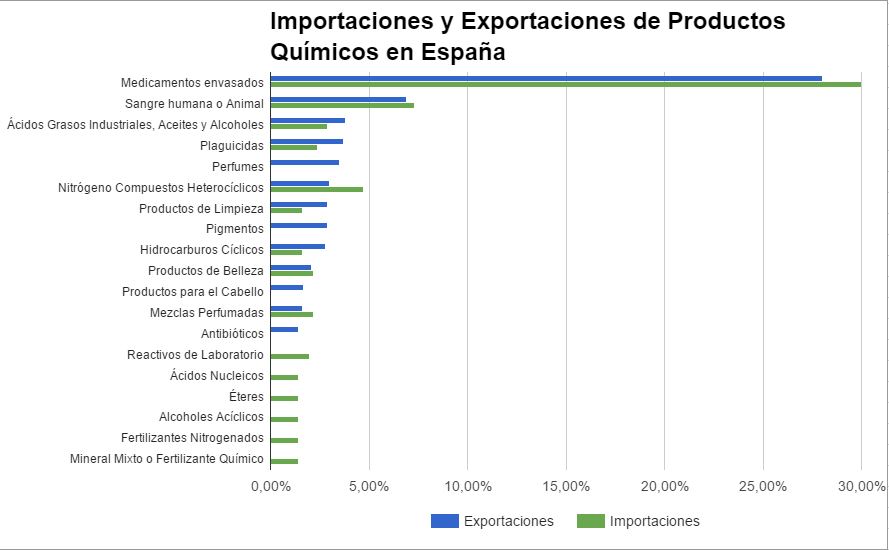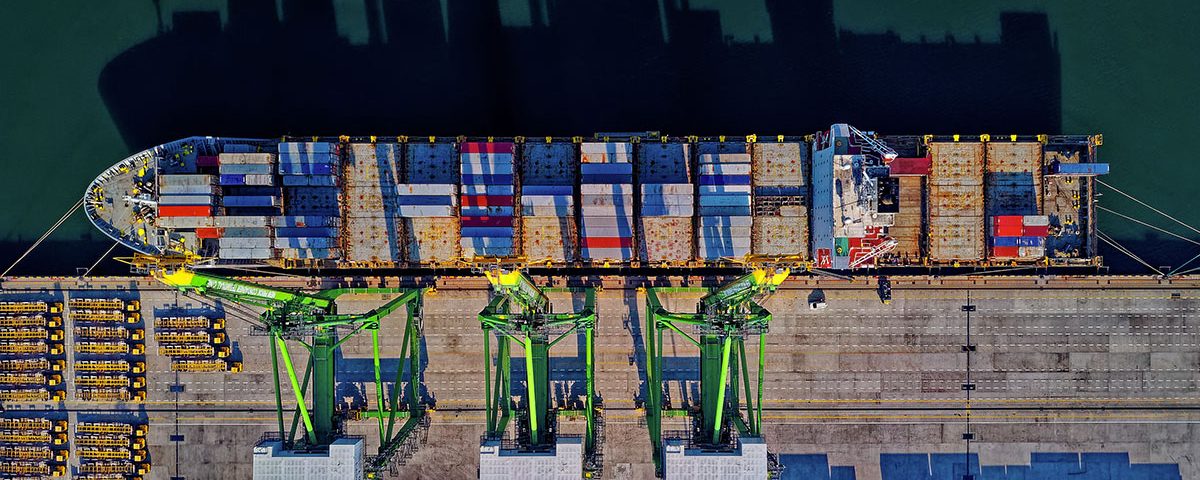At the end of 2015, Spain ranked seventeenth in the ranking of the world’s largest exporters, according to data from the Observatory of Economic Complexity. This means that a large number of vehicles passed through the borders of the territory, whether by land, air or sea, transporting goods of all kinds to different parts of the world. Within the variety of products that the territory destines to other regions, either to the rest of Europe or to other continents, its exports are valued at more than 260 billion dollars, where cars represent 12.2% of the total.
However, there is also room for chemical exports: of that 266 billion, 31.9 belonged to the chemical sector, and among them several products or materials were listed as dangerous goods under the legislation:
- 6.9% “Human” or “animal blood”: also refers to vaccines and toxins.
- 3.7% Pesticides: this range includes insecticides, herbicides, rodenticides, etc.
- 3% Nitrogen, heterocyclic compounds: this classification includes chemicals, carbon, nucleic acids, etc.
- 2.8% Cyclic hydrocarbons: among them benzene or styrene.
- 1.2% Polycarboxylic acids: including peroxides and anhydrides.
- 0.60% Sulfates: as alums or peroxosulfates.
- 0.36% Oxygen, heterocyclic compounds.
As a whole, dangerous goods classified as chemicals, industrial products or pesticides account for almost 20% of exports. It is therefore very important to keep this type of goods under control and to follow the regulations of the exporting country (in this case Spain) and of the importers since, as we know, poor handling of these goods can put both the environment and people at risk. The European Union pays a lot of attention to the regularization of the transport of this type of materials; thus, both import and export, whether of chemicals considered hazardous or other types of materials, must follow Regulation No. 649/2012.
The main imports and exports of chemical products in Spain are as follows:

Each exported product must follow the appropriate regulations according to its category and the type of vehicle from which it is to be transported. If by road, you must follow the ADR regulations, but if by sea or air, the ADN regulations (International Agreement for the Carriage of Dangerous Goods by Inland Waterway) and IATA/ICAO Regulations (Technical Instructions for the Safe Transport of Dangerous Goods by Air) respectively.

